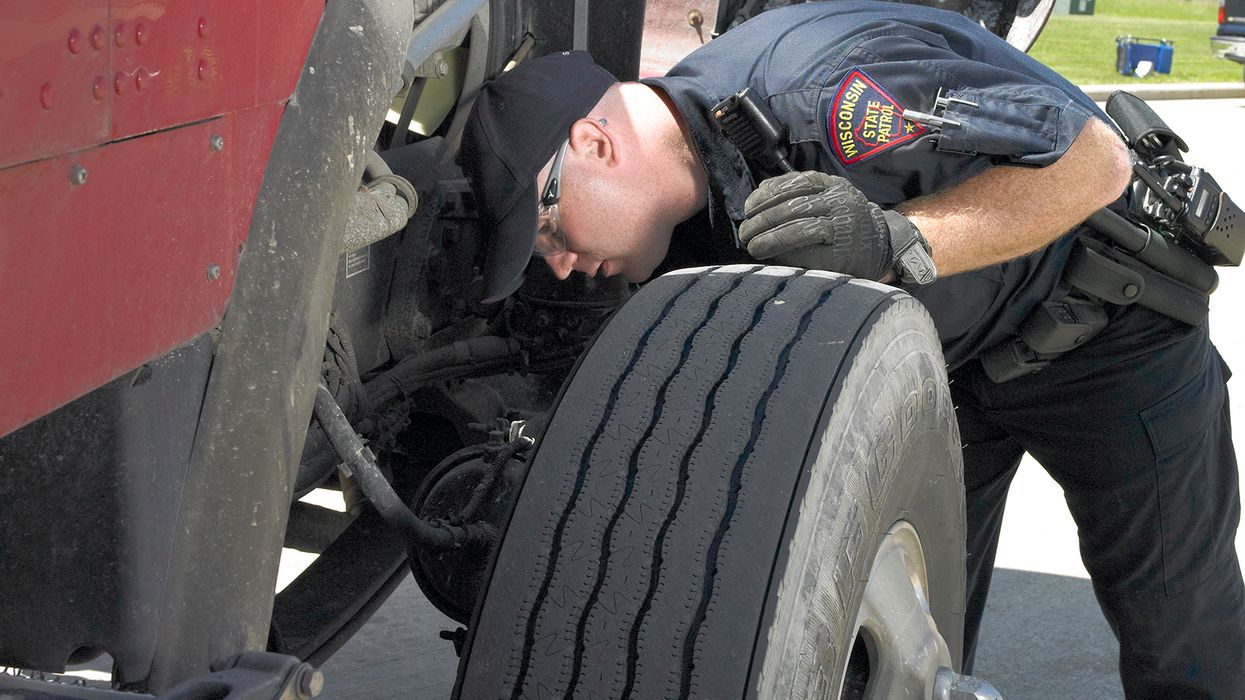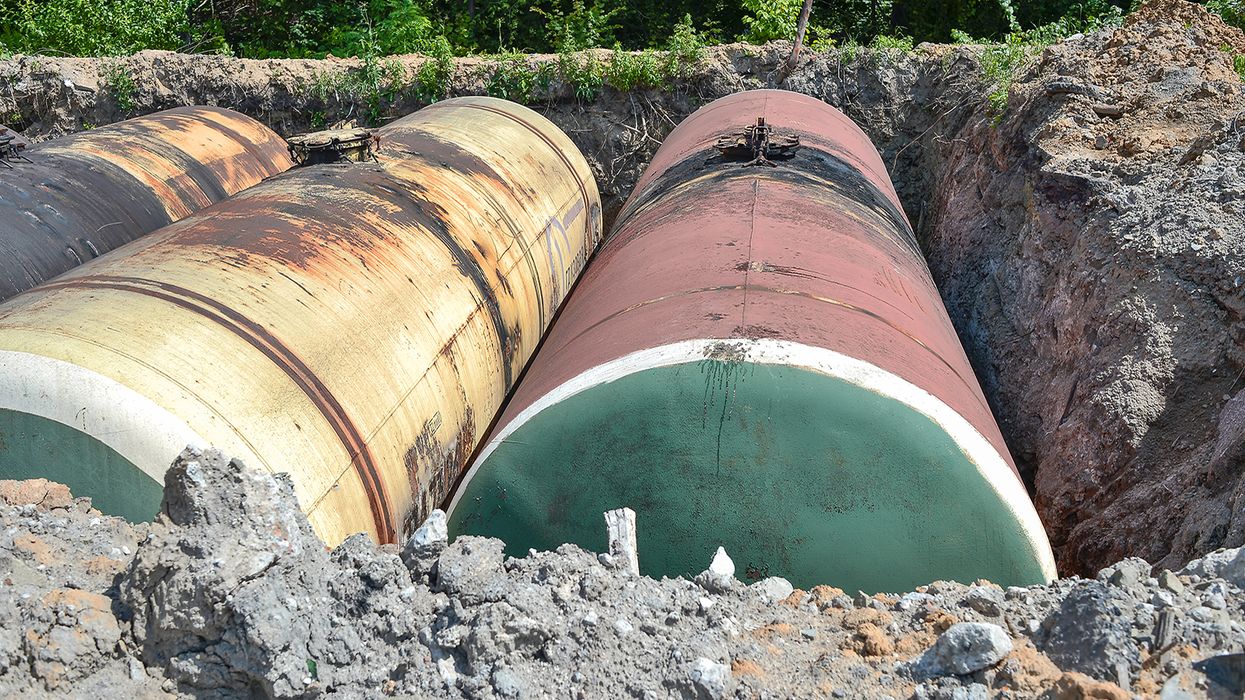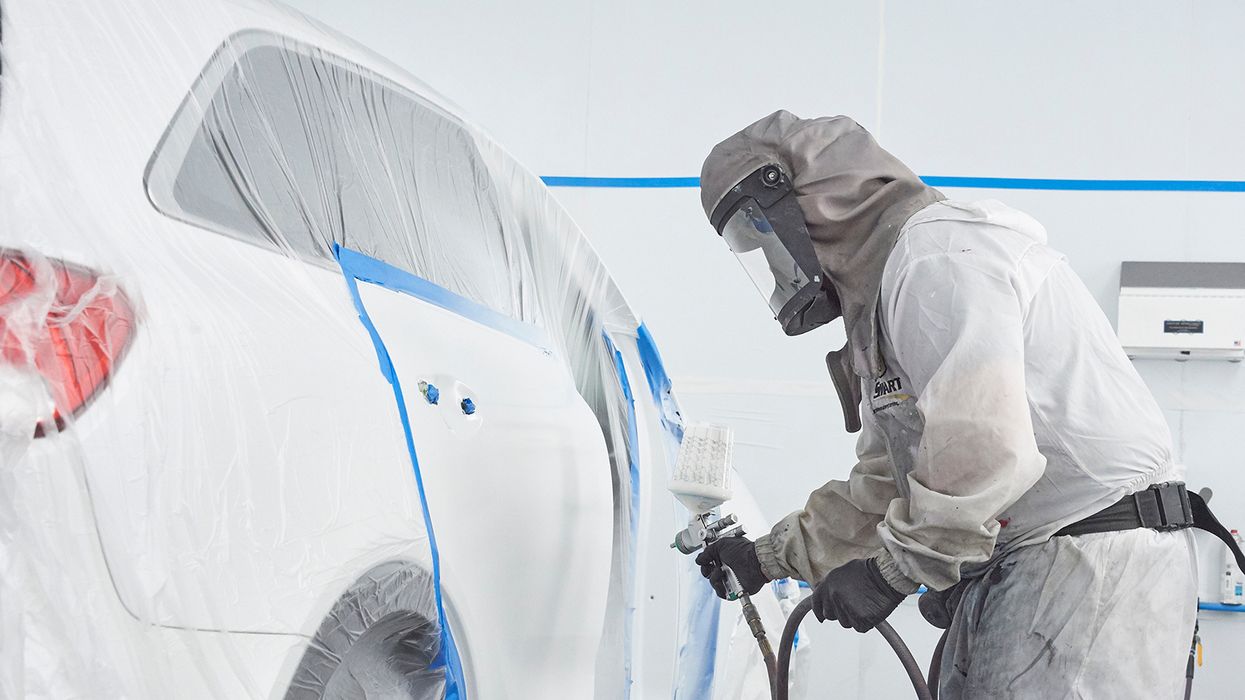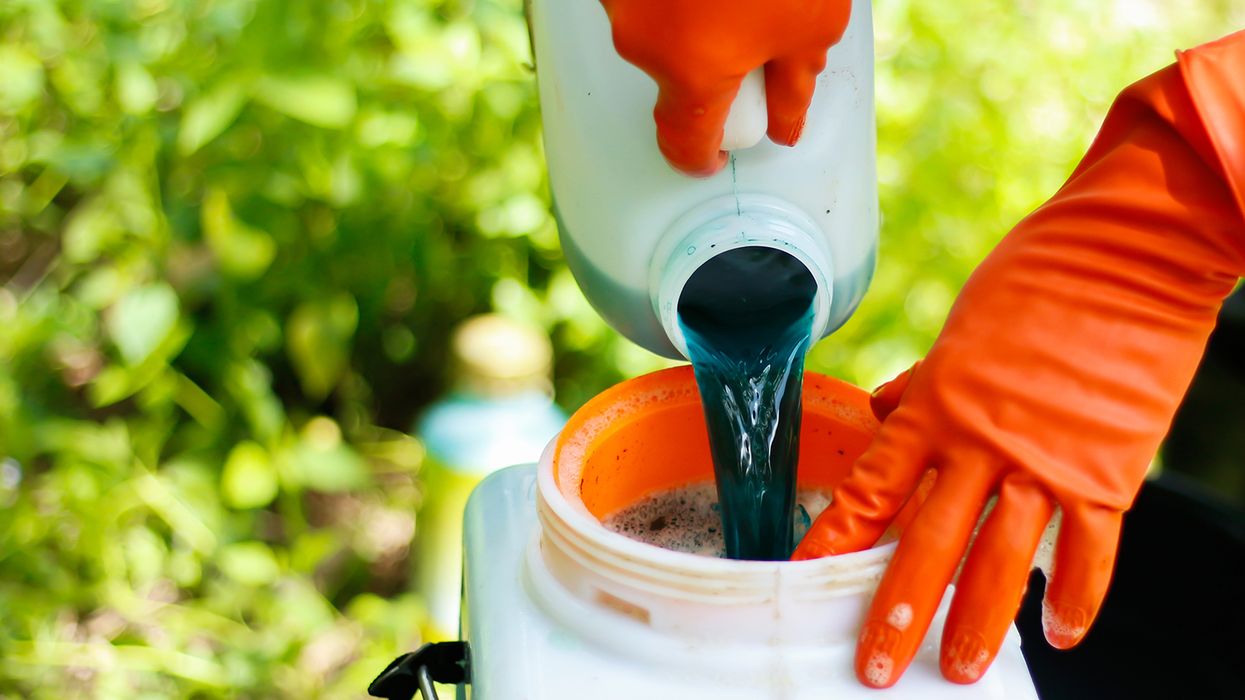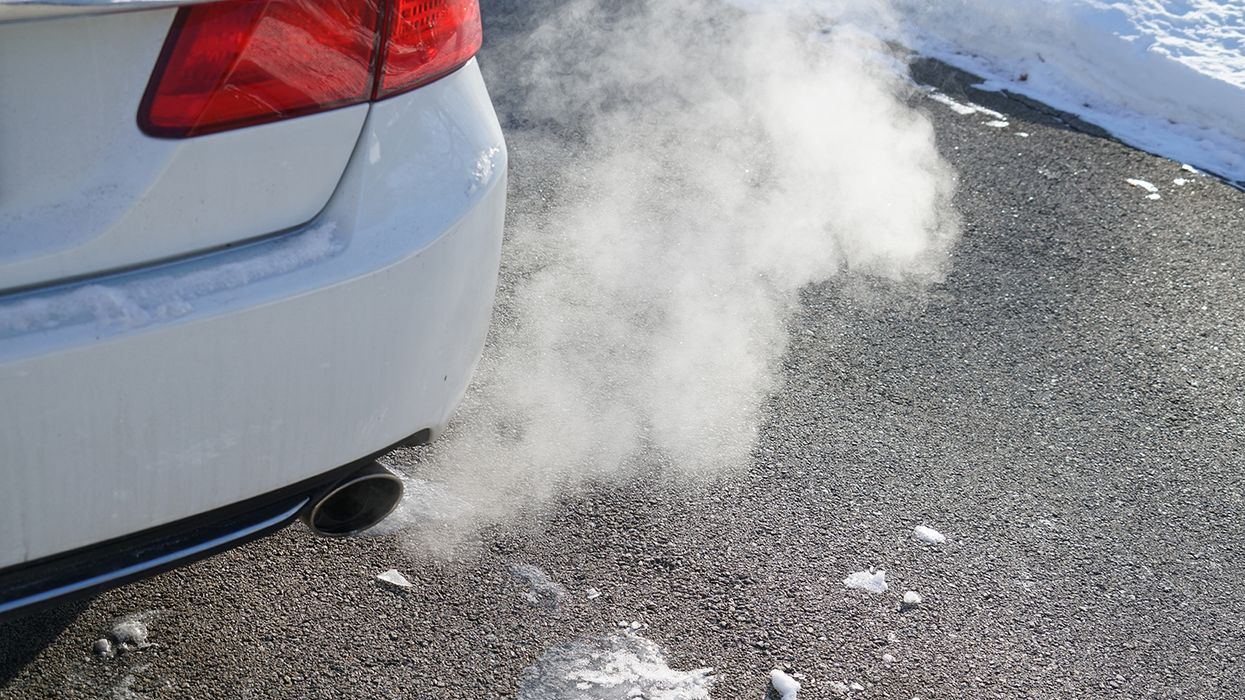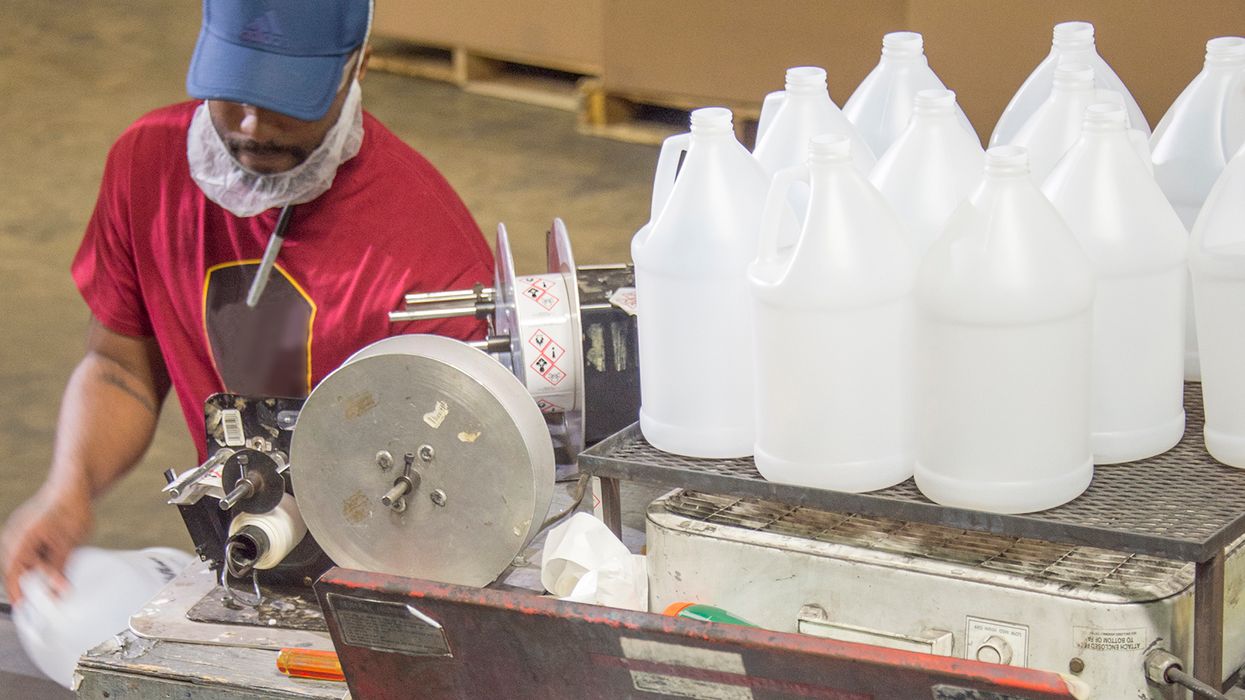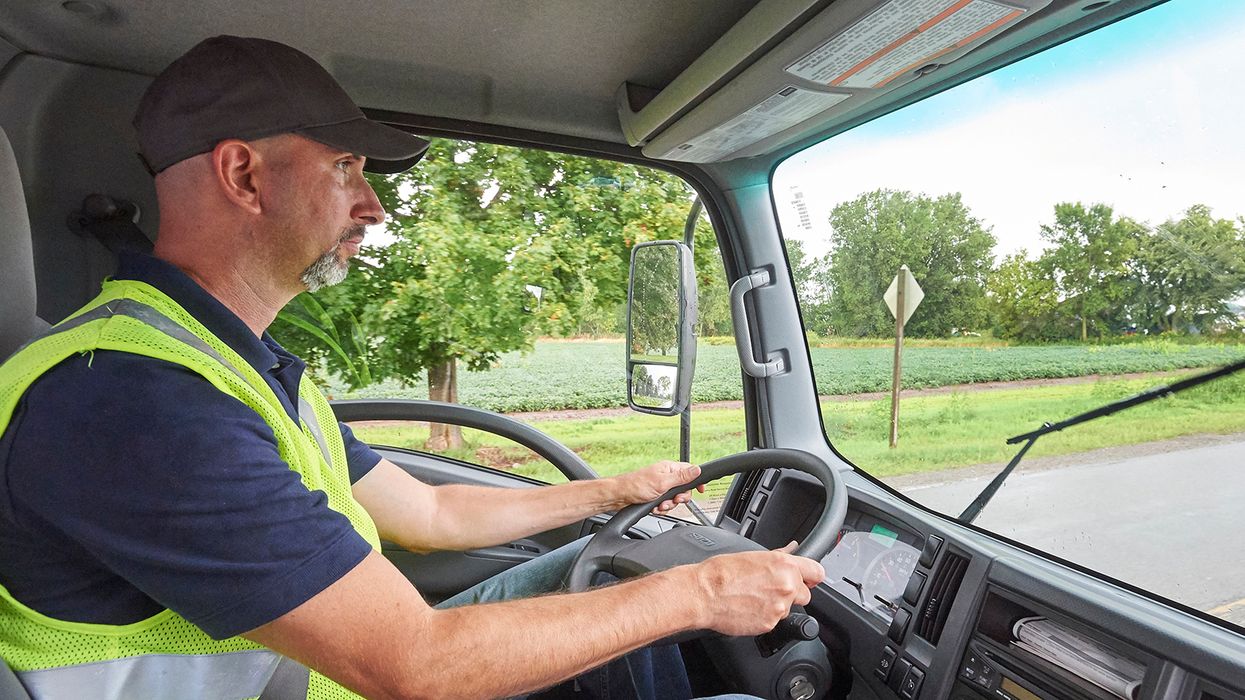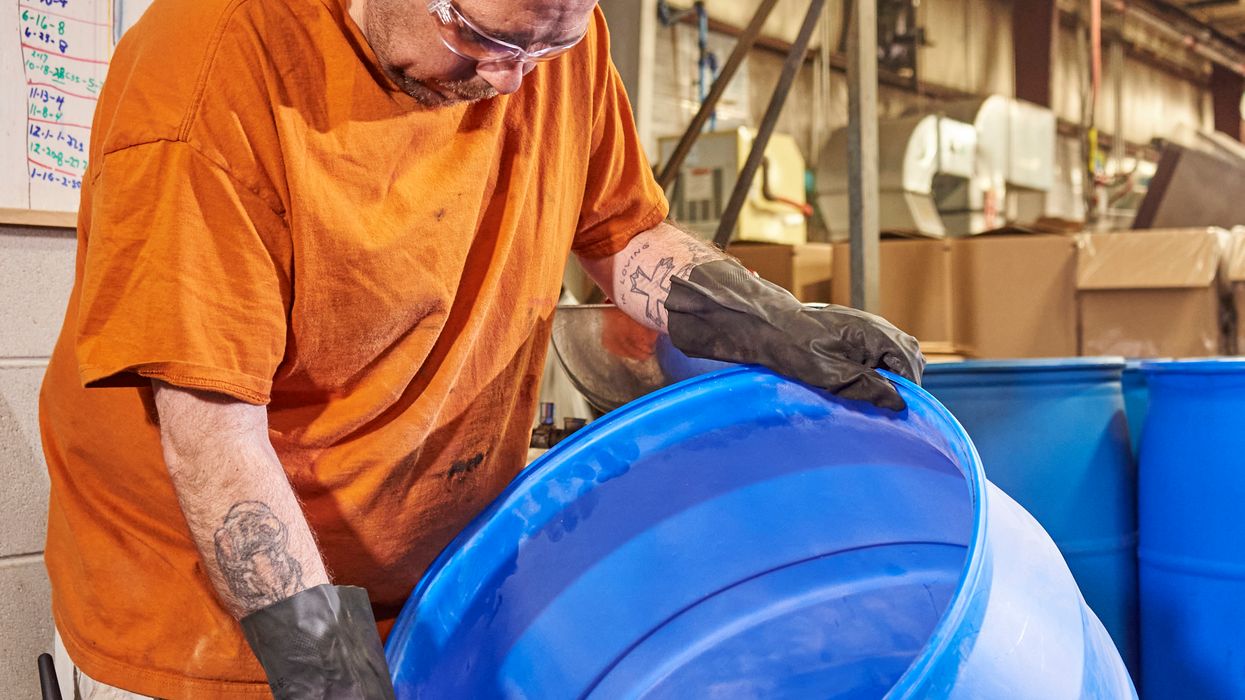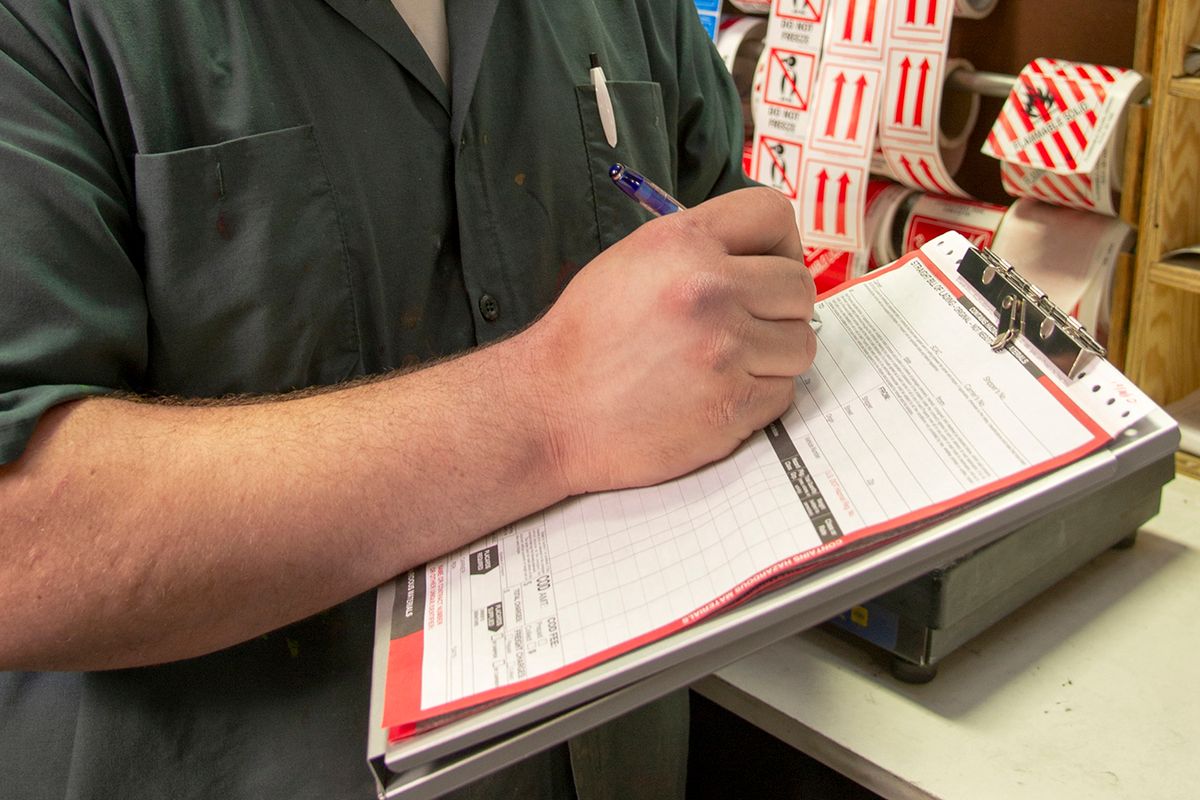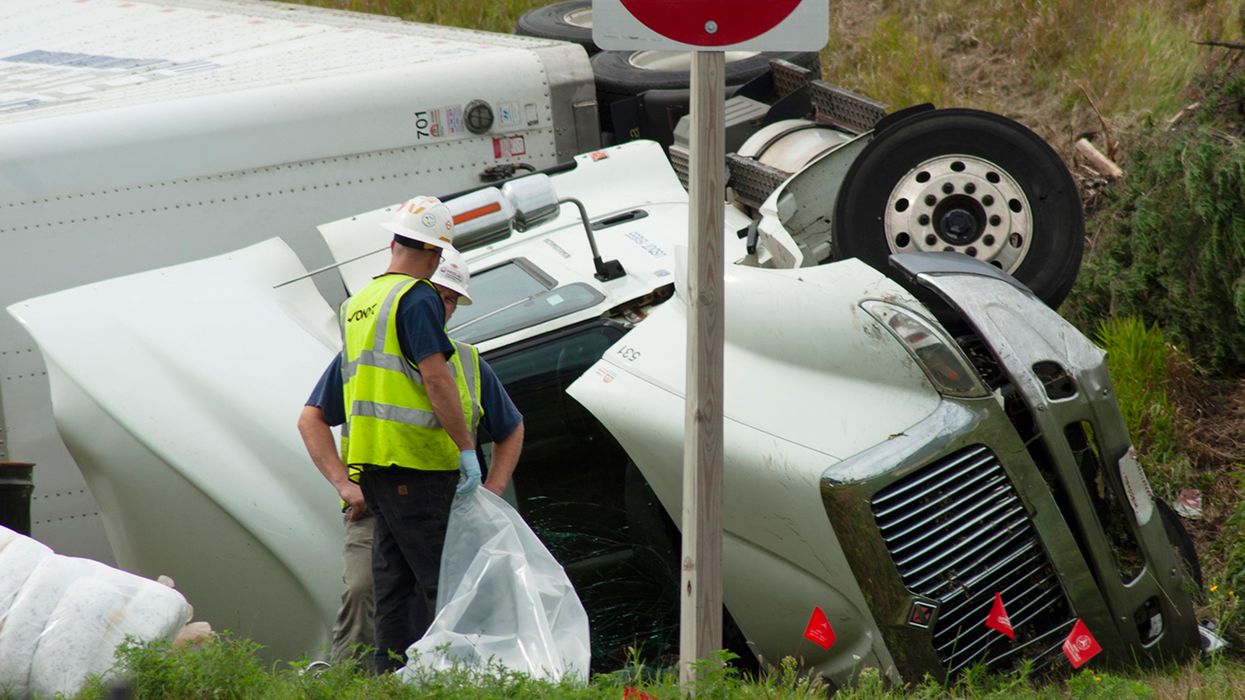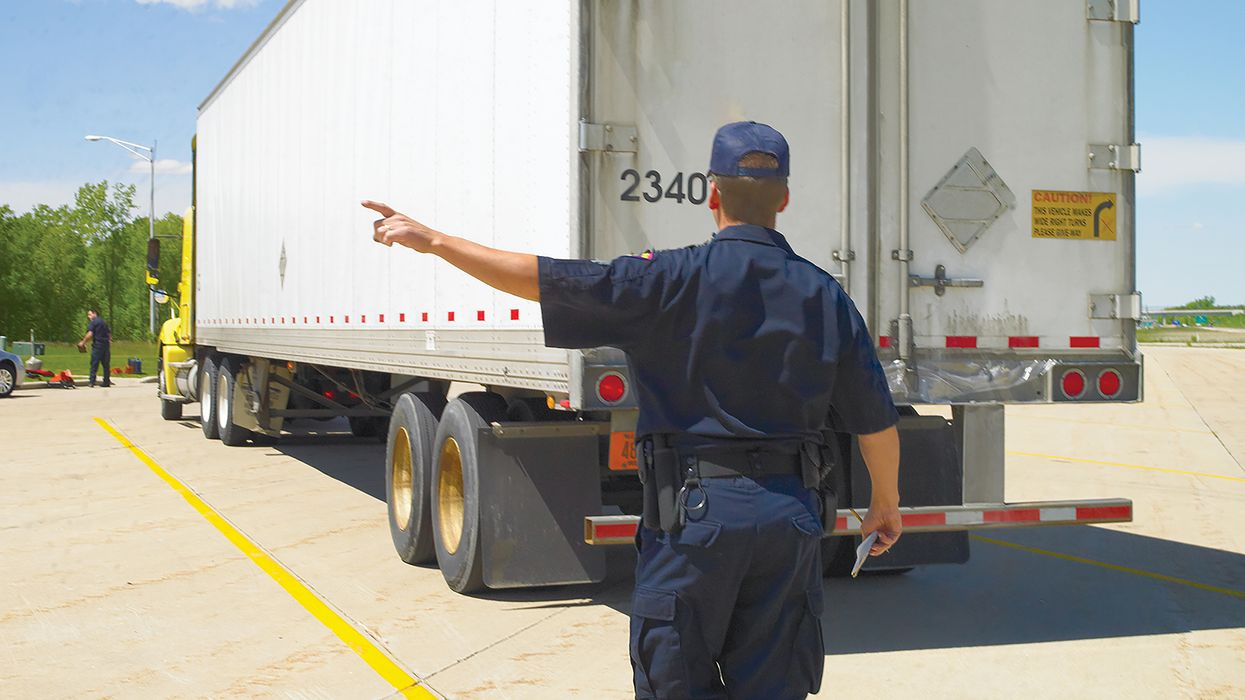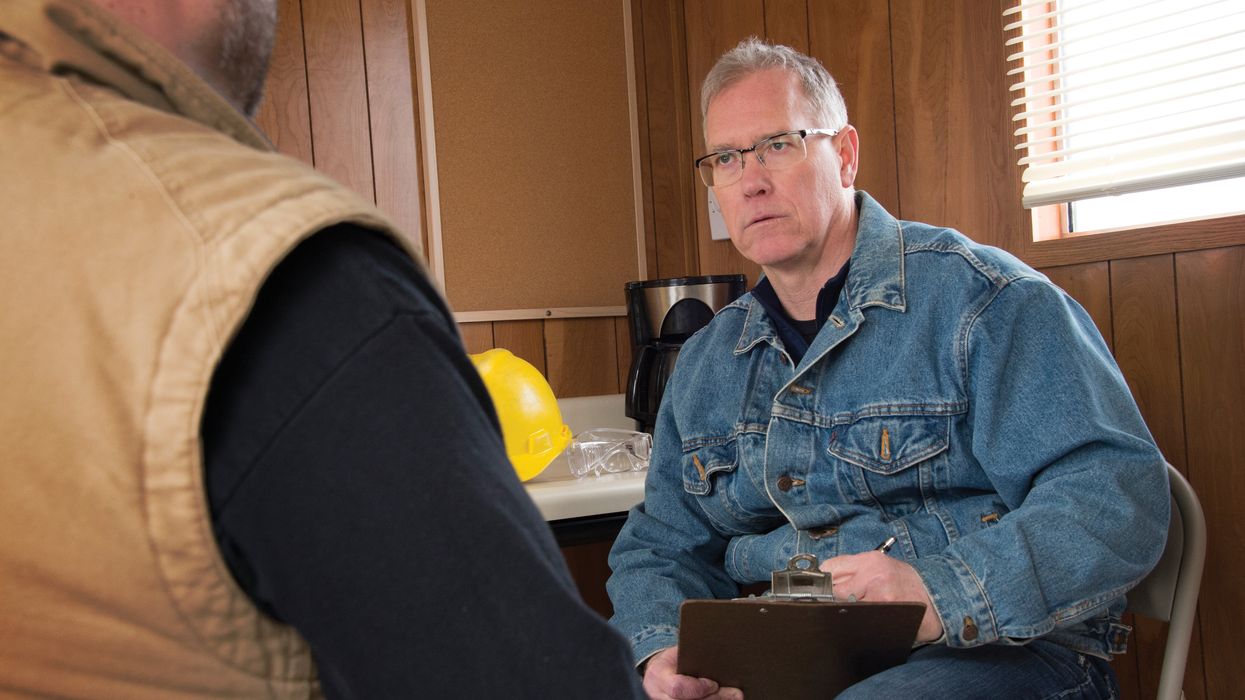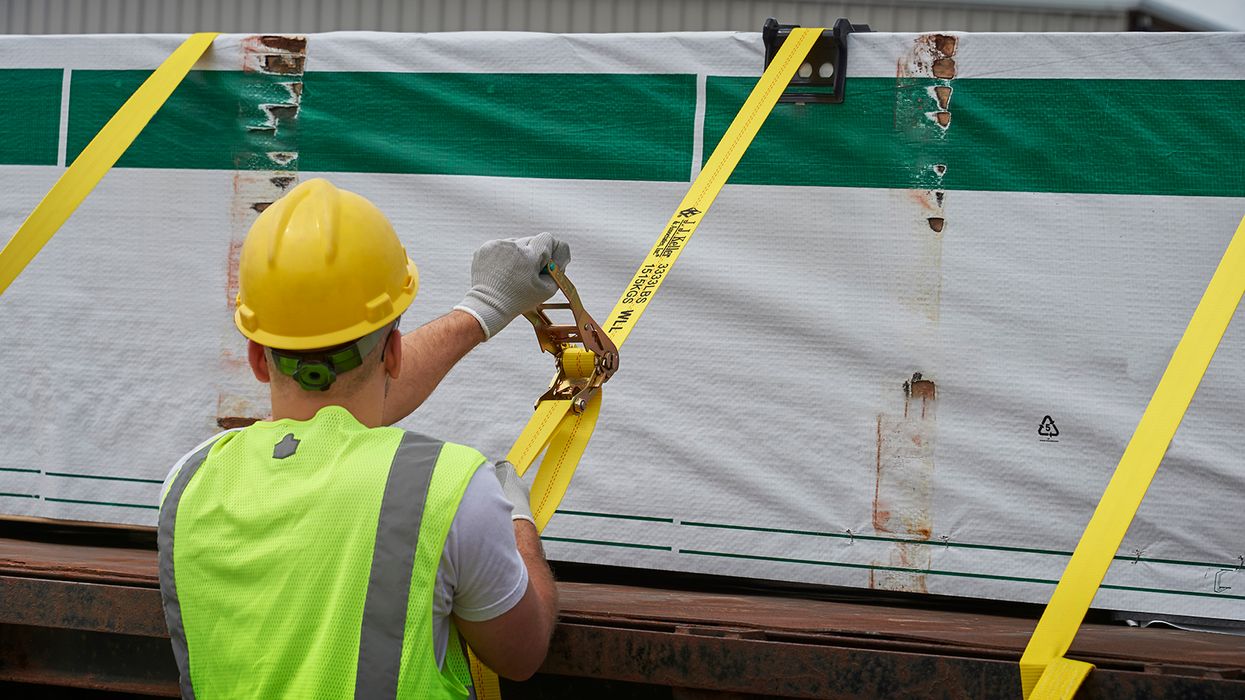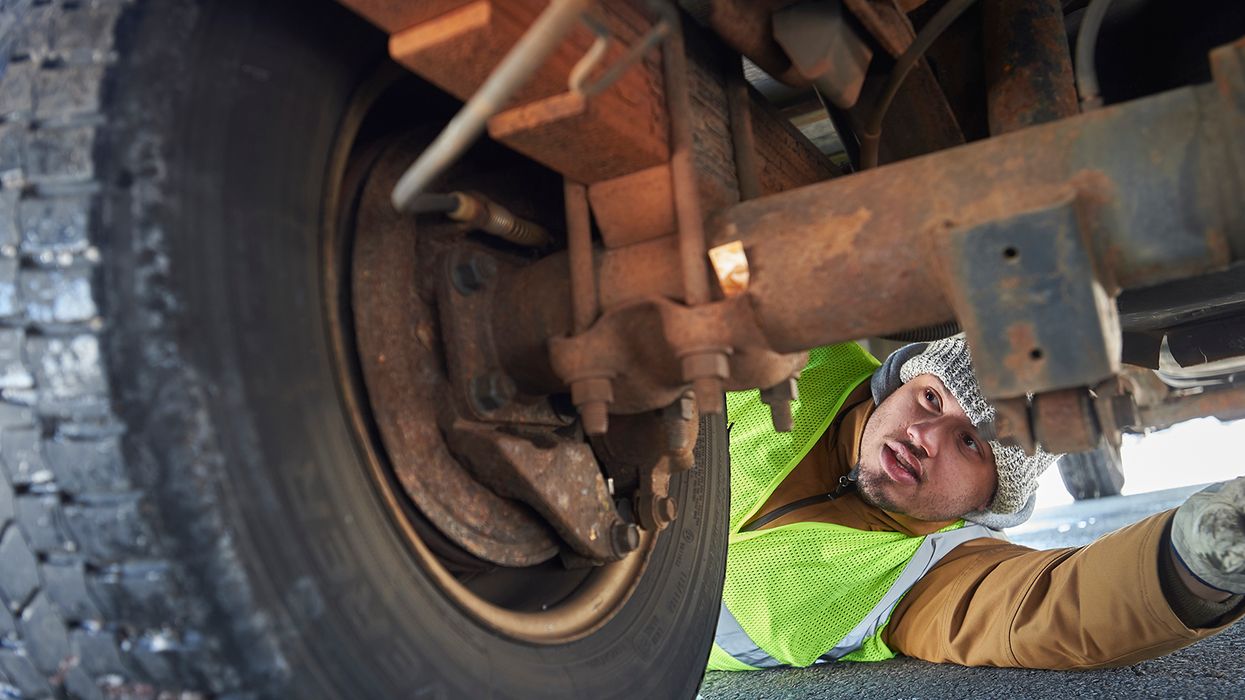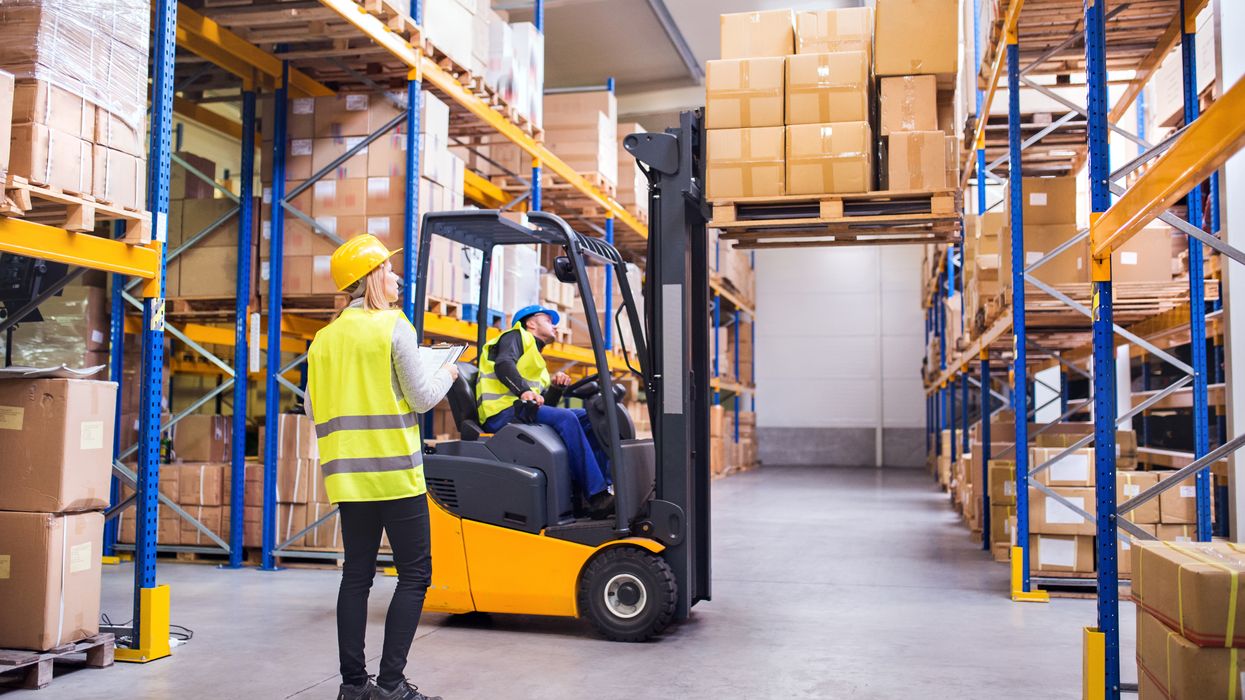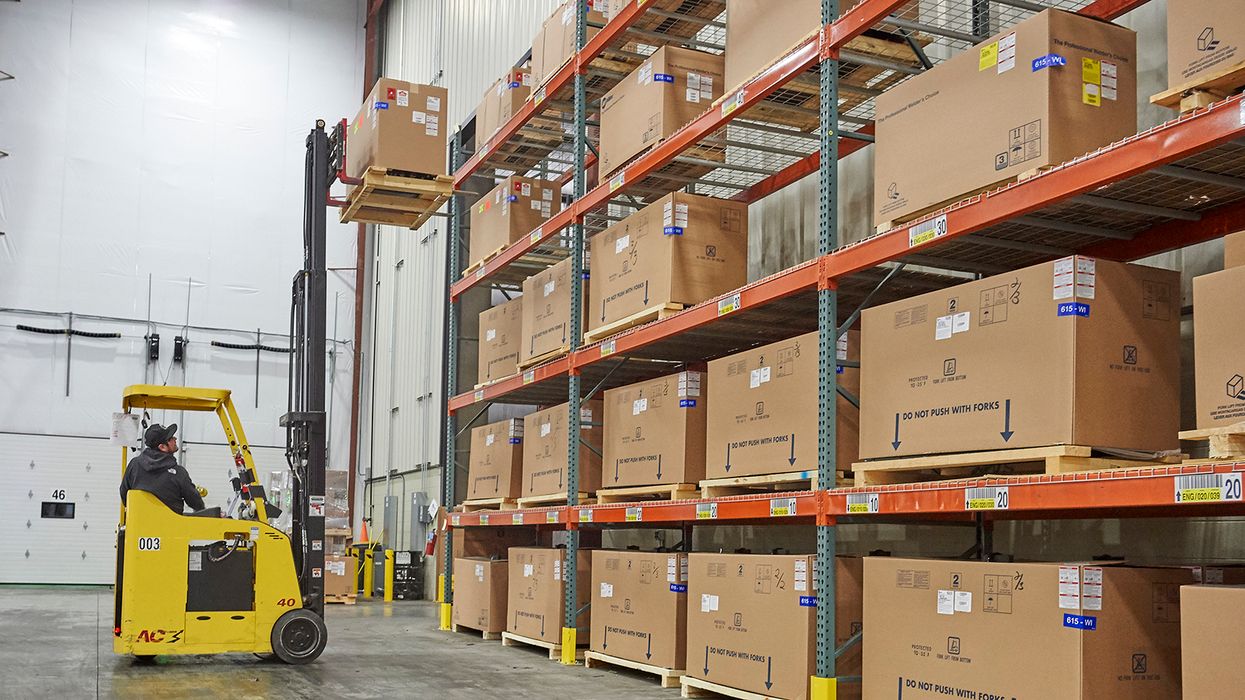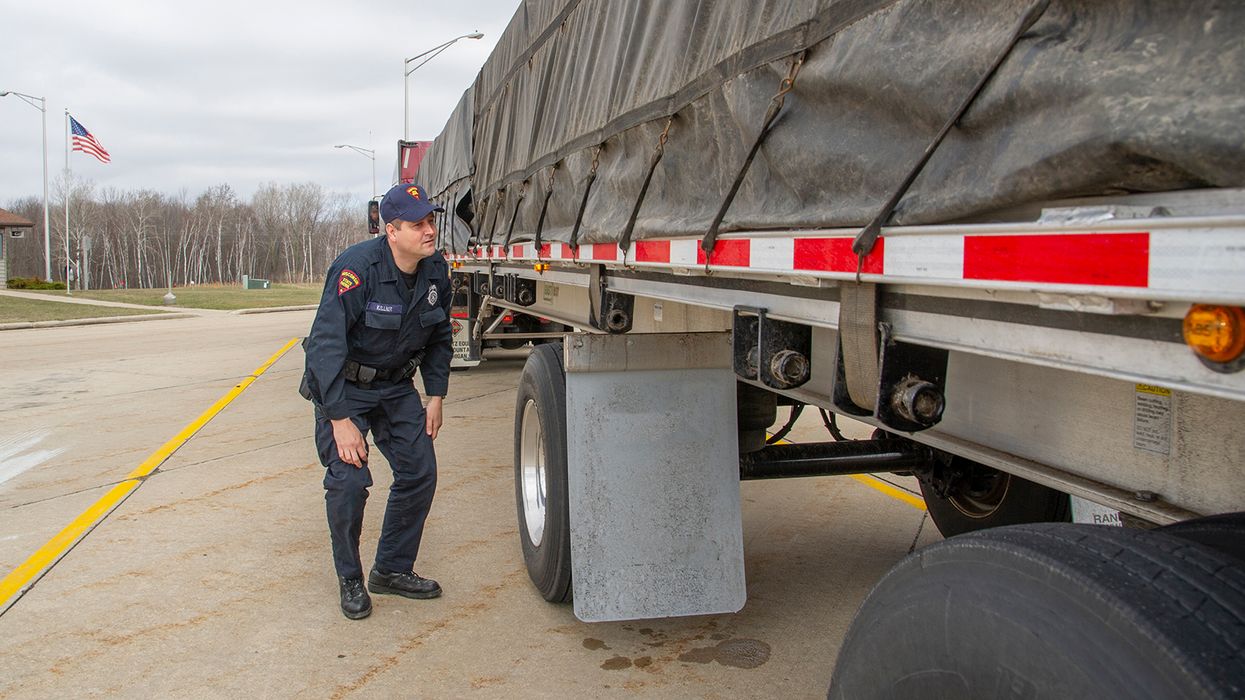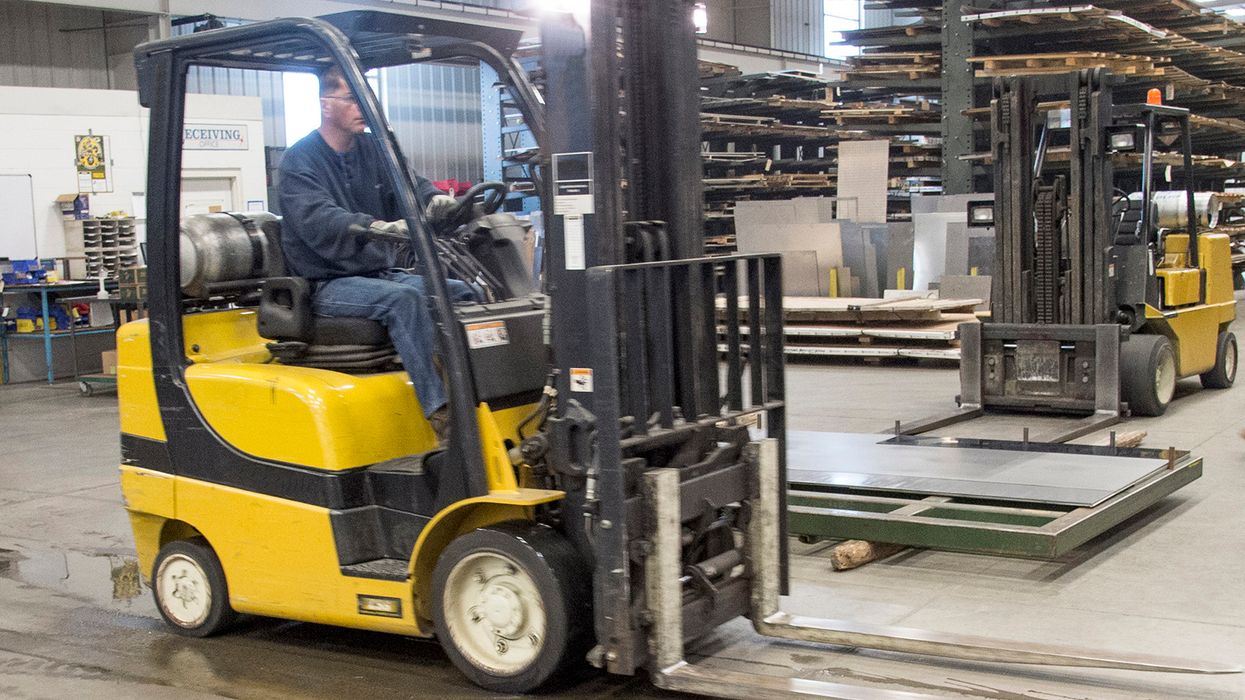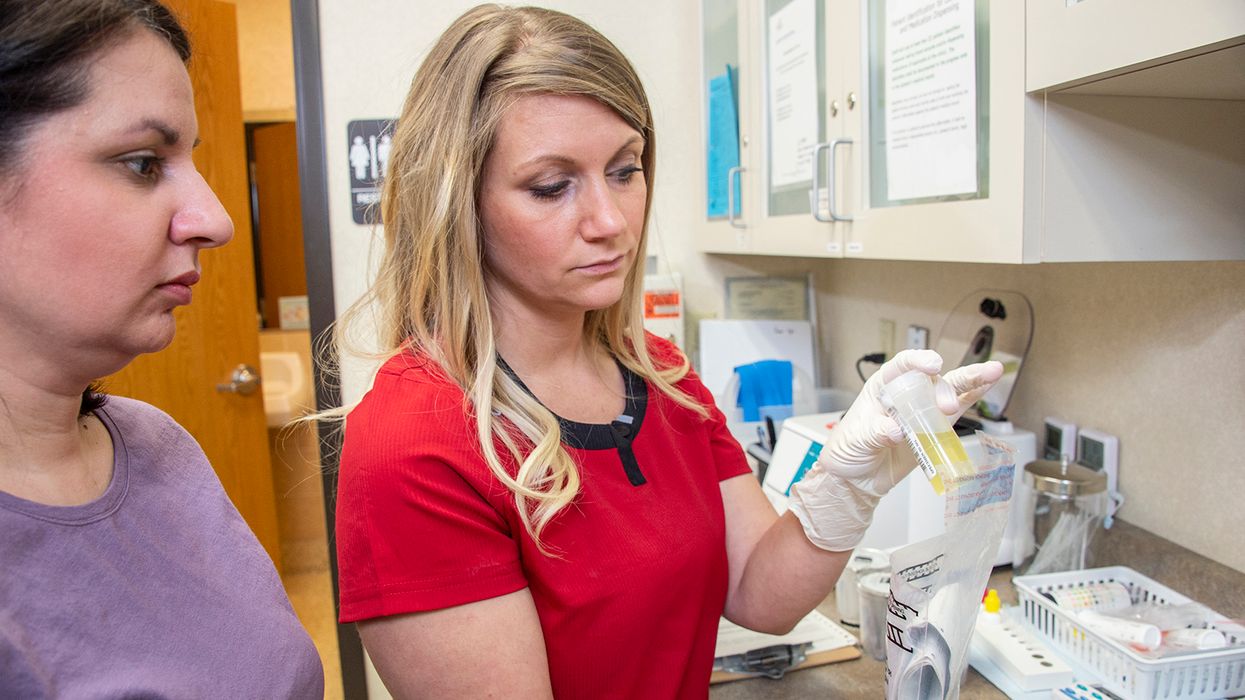One brake safety event down, one to go
One brake safety event down, one to go
The officer-members of the Commercial Vehicle Safety Alliance (CVSA) conduct two annual inspection blitzes focused on brakes. The first is the unannounced brake inspection day. The second is Brake Safety Week. During these events, the officers will conduct as many brake inspections as possible.
One down: Result from the unannounced day for 2021
The first event, the unannounced brake inspection day was completed on May 26, 2021. During the one-day event, officers conducted 10,091 vehicle inspections focused on checking the brakes. As a result of these inspections, 1,273 vehicles were placed out of service. The overall out of service rate for brake-related defects was 12.6 percent. This is similar to past results.
One to go: Brake Safety Week
This year’s Brake Safety Week is scheduled to take place August 22 to 28.
How to be ready for both
Preparing for a brake inspection event begins in your maintenance office. Brakes are normally a “slow wear item.” This means the problems that are found during roadside inspections (brakes out of adjustment, non-functioning brake adjusters, chafed brake hoses, etc.) are many times weeks or even months in the making. Because of this, having an aggressive maintenance schedule that results in the vehicles being inspected by a knowledgeable technician on a regular basis is the first step. The second step is having a technician inspect key brake components and the brake system’s function any time the vehicle is in the shop (such as brake hoses, slack adjuster function and freeplay, linings and drums, the brake warning light, and the ABS malfunction light).
The driver component
The next step is training drivers on vehicle inspections and making sure they are doing them. While the drivers may not be able to do as in-depth inspections as the technicians, they should be trained on the basics of brake inspections. Drivers should be checking:
- The air system components under the hood, including the compressor, air dryer, and air hoses;
- The “at the wheel” components they can see, including the air hoses, brake chamber, slack adjuster, S-cam rod and bushings, linings, and drum;
- Brake adjustment at the wheels using visual indicators; and
- All air hoses on the vehicle.
Drivers should also be doing an air brake system check that includes checking for leaks, low air alarm function, button pop out, parking brake effectiveness, and service brake function.
Finally, if a driver calls in with a brake defect, you must have a process to quickly dealing with it.
Key to remember: Even though we are discussing how to be ready for a brake-related inspection blitz, what we are discussion should be a year-round effort.

